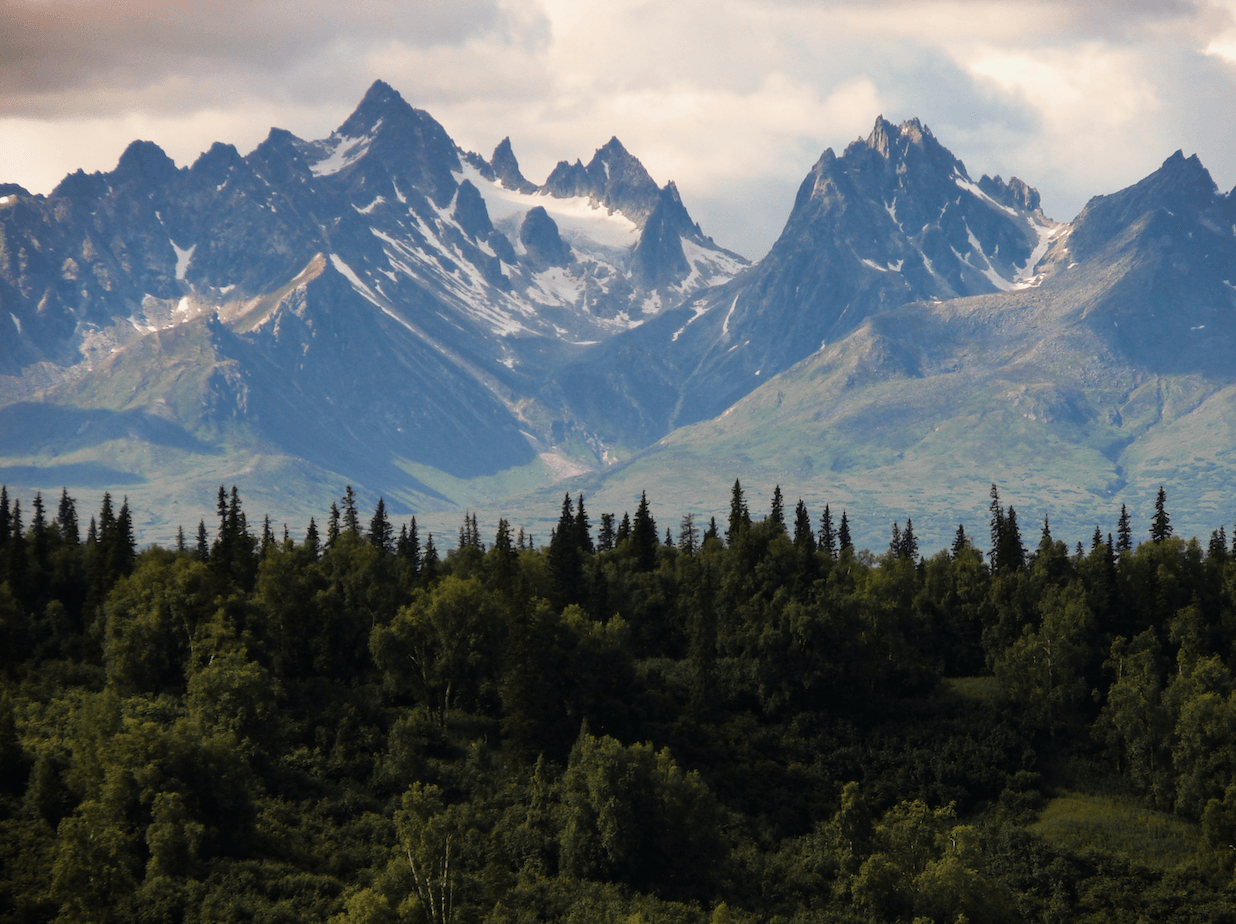EDUCATION
Teaching with Time-Lapse
How do you convince a skeptic that climate change is real? The documentary Chasing Ice takes on this challenge to awe-inspiring effect.
There’s no obvious connection between the melting of glaciers and online learning, so you might be wondering why this would be relevant to Pedago, an educational technology company. But bear with me.
The hero of the film, James Balog, turned to photography after finishing his master’s degree in Geology because he felt science was becoming too focused on numbers and statistics for him to enjoy. He believed he could make a greater impact through documenting Nature rather than dissecting it.
Thus, when faced with his own dawning realization that climate change was real, and human-influenced, he understood that facts, statistics, and lectures were ill-suited to sway the minds of a disbelieving public. He explored how best to use the tools of his trade–camera and ice axe–to make a difference.
His solution embodies the writer’s maxim to show and not tell. For three years, he and his team captured time-lapse images from Iceland, Alaska, Greenland, and Montana, then stitched them together. The resulting videos provide indisputable evidence that glaciers are receding ever more quickly. They are at once alarming, awesome, and visceral–attributes the standard “facts-and-graphs” discussions of climate change typically lack.
After watching this documentary, it really struck me that Balog was able to transform the conversation around a topic that is so frequently debated in the public space. Global warming is disputed more in American popular media than by scientists, its facts often treated as fictions promoted by activists. It’s difficult to convince people who are determined not to be convinced, even with the dramatic (but indirect) evidence of recent natural disasters. What can we learn from Balog’s feat?
I believe the key lesson is artful choice of data representation. The time-lapse images Balog’s team produced form physical evidence that is easily consumed. The viewer can wrap her mind around them, consider them as evidence, believe them or not with her own eyes. If the best way to understand the effects of global warming is to travel to a glacier and watch it calve icebergs or shrink into itself season after season, then bringing the key moments of this experience to a wider audience is certain to make a greater impact than presenting yet another statistic. A time lapse is worth a thousand graphs.
Balog’s accomplishment serves as a reminder to educators of the power in choosing novel representations for the material being presented. At the intersection of art, science, and technology, there is the potential for greater educational impact.
See the Chasing Ice trailer here:



